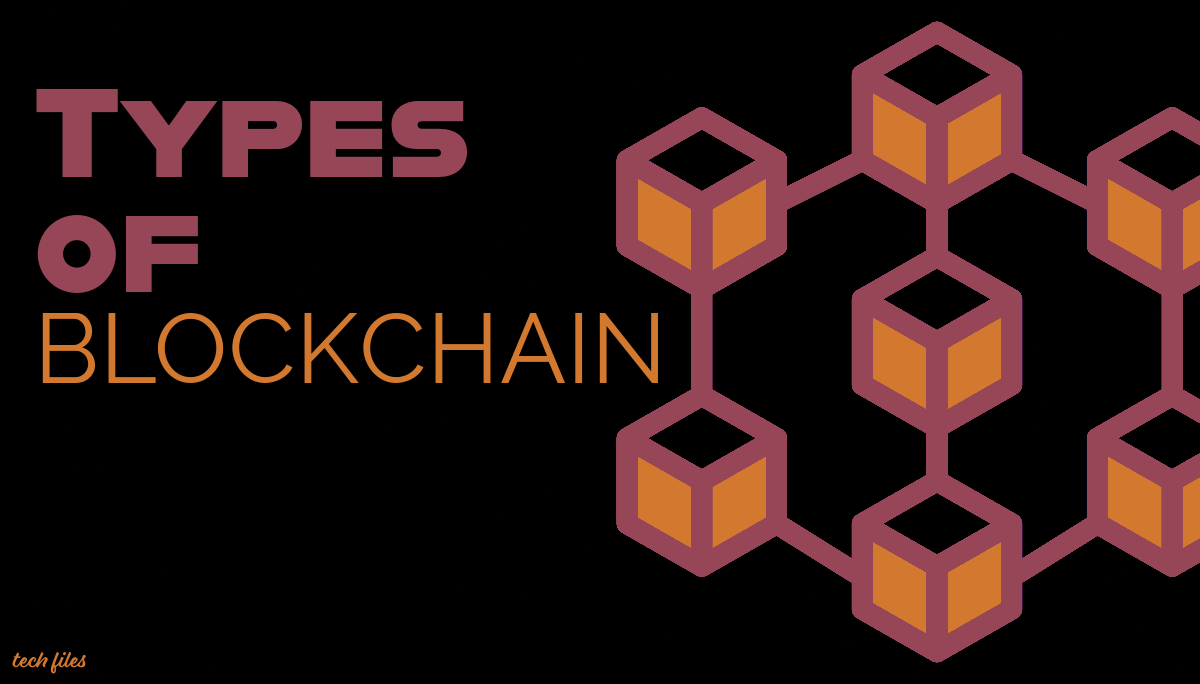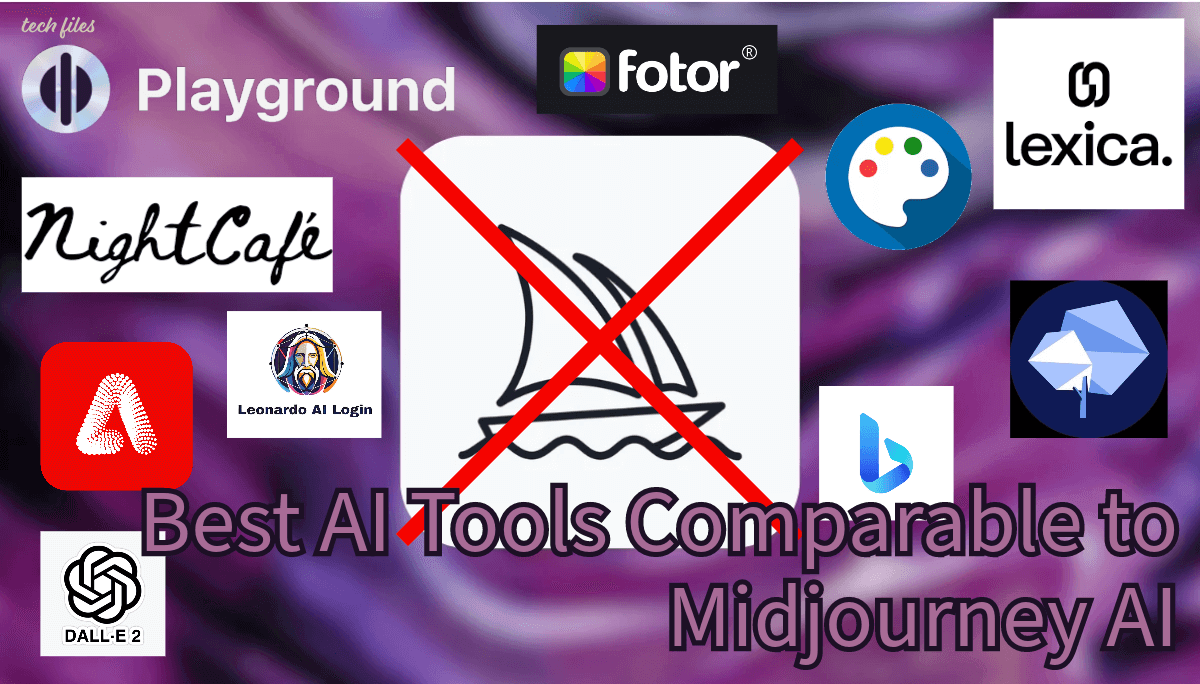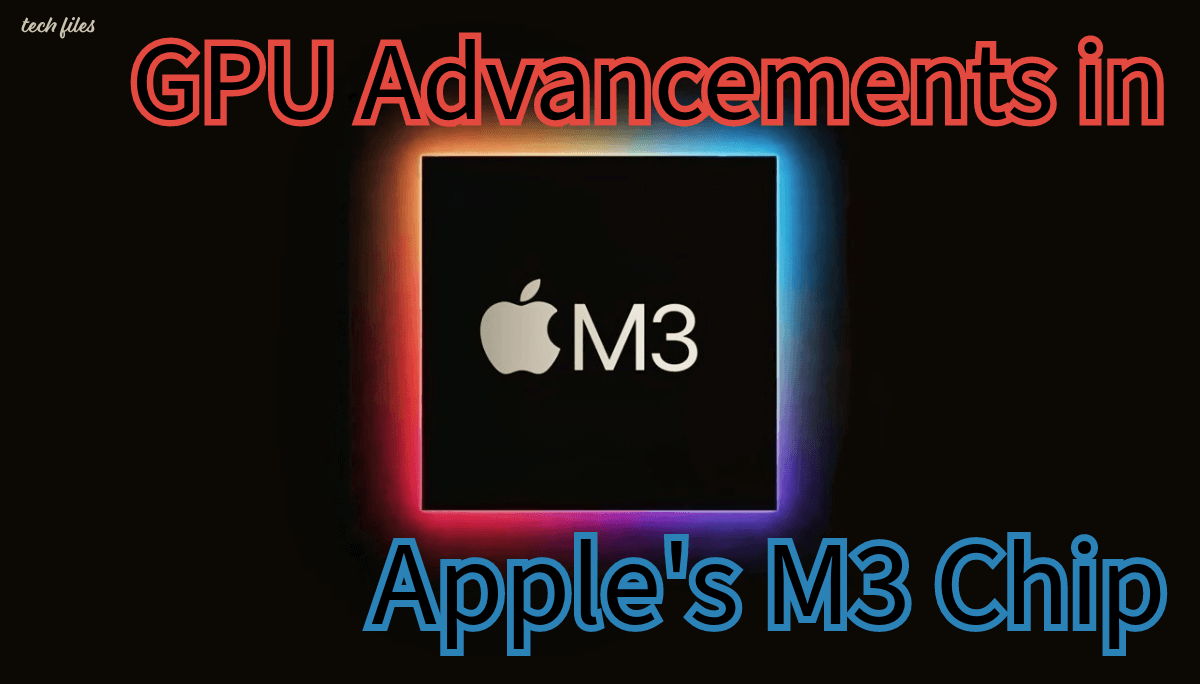Blockchain: The Secret Sauce Behind Disruptive Innovation

In the world of technology, disruptive innovations are the driving force behind many industry shifts. At the core of these digital transformations lies blockchain, the secret sauce that is revolutionizing countless sectors. With its decentralized and transparent nature, blockchain technology offers unparalleled security, efficiency, and trust. Whether it’s streamlining supply chains, revolutionizing finance, or enhancing cybersecurity, blockchain is the catalyst for change.
Understanding the basics of blockchain
Blockchain, at its core, is a distributed ledger technology that allows multiple participants to maintain a shared database without the need for a central authority. It is essentially a chain of blocks, with each block containing a list of transactions. The beauty of blockchain lies in its decentralized nature, where every participant has access to the entire chain, ensuring transparency and accountability.
One of the key features of blockchain is immutability. Once a block is added to the chain, it becomes nearly impossible to alter or tamper with the information stored within it. This feature ensures the integrity of data and makes blockchain an ideal solution for industries where trust and security are paramount.
Another important aspect of blockchain is its consensus mechanism. For a transaction to be added to the blockchain, it must first be validated by a network of computers known as nodes. These nodes work together to verify the authenticity and validity of each transaction, ensuring that only legitimate transactions are recorded.
How Blockchain Enables Disruptive Innovation
Blockchain technology has the potential to disrupt various industries by addressing some of the biggest challenges they face. One of the key advantages of blockchain is its ability to eliminate intermediaries and streamline processes. For example, in the supply chain industry, blockchain can provide end-to-end visibility, allowing businesses to track the movement of goods from the source to the destination. This eliminates the need for intermediaries and reduces the risk of fraud and counterfeiting.
Blockchain also has the potential to revolutionize finance by enabling faster, more secure, and cost-effective transactions. With traditional banking systems, cross-border transactions can take days to settle and involve high fees. Blockchain-based solutions, on the other hand, can facilitate near-instantaneous transactions at a fraction of the cost.
Moreover, blockchain can enhance cybersecurity by providing a secure and tamper-proof platform for storing sensitive information. By decentralizing data storage and employing encryption techniques, blockchain can significantly reduce the risk of data breaches and unauthorized access.
Real-world examples of disruptive innovation powered by blockchain
The impact of blockchain can be seen in various industries. One such example is healthcare, where blockchain is being used to improve the management of medical records. By securely storing patient data on a blockchain, healthcare providers can ensure the privacy and integrity of sensitive information. Additionally, blockchain can enable interoperability between different healthcare systems, allowing for the seamless sharing of patient data across providers.
In the manufacturing industry, blockchain is being utilized to enhance supply chain management. By leveraging blockchain, manufacturers can track the movement of raw materials, monitor production processes, and ensure the authenticity of finished products. This not only improves transparency but also helps in reducing waste, increasing efficiency, and ensuring ethical sourcing.
Another sector where blockchain is making waves is logistics. Blockchain-based solutions are being used to optimize the shipping and tracking of goods, improving visibility and reducing delays. With blockchain, stakeholders can have real-time access to information related to shipments, ensuring better coordination and transparency.
The potential impact of blockchain on different industries
The potential impact of blockchain extends beyond just a few industries. Virtually every sector can benefit from the adoption of blockchain technology. For example, in the energy sector, blockchain can enable peer-to-peer energy trading, allowing individuals to buy and sell energy directly from each other. This can lead to a more efficient and decentralized energy system, reducing reliance on centralized power grids.
In the entertainment industry, blockchain can revolutionize the way digital content is distributed and monetized. By leveraging blockchain, artists can have more control over their intellectual property, ensuring fair compensation for their work. Additionally, blockchain can enable transparent royalty payments, eliminating intermediaries and ensuring that artists receive their fair share of revenue.
The potential impact of blockchain on the banking and finance industry cannot be overstated. Blockchain-based solutions can enable faster, more secure, and cost-effective transactions, reducing the need for intermediaries and improving overall efficiency. Additionally, blockchain can facilitate the creation of smart contracts, self-executing contracts that automatically enforce the terms and conditions outlined in the contract. This can significantly streamline complex financial processes, such as loan approvals and insurance claims.
Challenges and limitations of blockchain technology
While blockchain holds immense potential, it also faces certain challenges and limitations. One of the major challenges is scalability. As more transactions are added to the blockchain, the size of the chain grows, leading to increased storage and processing requirements. This can result in slower transaction times and higher costs. However, various scalability solutions, such as sharding and layer 2 protocols, are being developed to address this issue.
Another challenge is regulatory uncertainty. As blockchain technology continues to evolve, governments around the world are grappling with how to regulate it. The lack of clear regulations can create uncertainty for businesses and hinder the widespread adoption of blockchain solutions. However, with increased collaboration between regulators and industry stakeholders, we can expect to see more favorable regulatory environments in the future.
How to get started with blockchain innovation
For entrepreneurs and organizations looking to leverage blockchain technology, getting started can seem daunting. However, there are several steps you can take to embark on your blockchain journey. First, educate yourself about blockchain fundamentals and the various use cases in your industry. Familiarize yourself with the different platforms and protocols available and understand their strengths and weaknesses.
Next, identify a problem or inefficiency in your industry that can be solved using blockchain. Conduct thorough research and feasibility studies to determine if blockchain is the right solution for your specific use case. Once you have a clear understanding of the problem and the potential solution, start building a team of experts who can help you develop and implement your blockchain solution.
Finally, start small and iterate. Begin with a pilot project or a proof of concept to test the viability of your solution. This will allow you to gather feedback, make improvements, and refine your solution before scaling it up. Remember, blockchain technology is still in its early stages, and experimentation is key to uncovering its full potential.
Resources and tools for learning more about blockchain
If you’re interested in learning more about blockchain, there are several resources and tools available to help you get started. Online courses, such as those offered by Coursera and Udemy, provide comprehensive introductions to blockchain and its various applications. Additionally, there are numerous books and whitepapers available that delve deeper into the technical aspects of blockchain.
For a hands-on experience, consider joining blockchain communities and attending conferences and meetups. These platforms provide opportunities to network with experts, exchange ideas, and stay updated on the latest developments in the blockchain space. Moreover, there are several open-source blockchain platforms, such as Ethereum and Hyperledger, that allow you to experiment with building your blockchain applications.
Conclusion: Embracing the power of blockchain in the future
Blockchain technology has the potential to revolutionize countless industries and drive disruptive innovation. Its decentralized and transparent nature ensures security, efficiency, and trust in a digital world. From healthcare and manufacturing to logistics and finance, blockchain is reshaping traditional business models and creating new opportunities for entrepreneurs and organizations alike.
As we move forward, businesses and individuals must embrace the power of blockchain and explore its potential applications. By leveraging this hidden gem of disruptive innovation, we can unlock new possibilities, redefine industries, and shape a future that is secure, efficient, and inclusive. So, join the blockchain revolution and be a part of the transformative journey towards a decentralized and transparent world.













Sharing is caring!